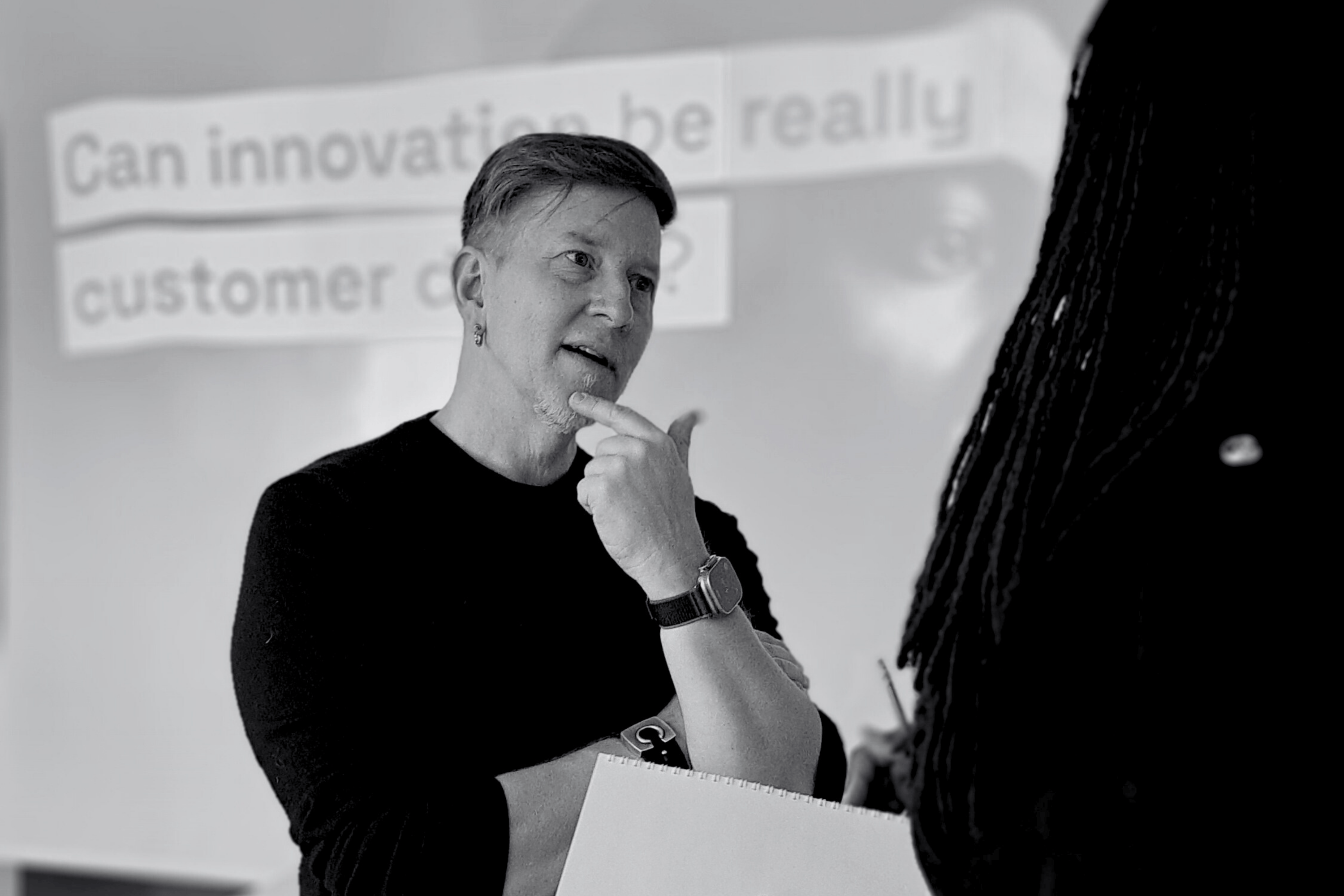
POV: Building real stakeholder trust in UX research
Breaking news! UX research succeeds only when people actually use it. The recent Maze report shows that 93% of stakeholders say they use research findings in their decisions, but the impact doubles when those stakeholders are directly involved in the process. We've witnessed this many times when working with different organizations on user experience research. Trusted research drives better outcomes, and trust comes from consistency, transparency, and shared ownership. Not from slides or presentations.
Our Lead Insights Specialist Päivi Vartiainen shares what we've learned working in the field.
Where trust breaks down
Even with experienced research teams, organizations often face the same issues:
- Timing: Research results often arrive too late. By the time they’re ready, product decisions have already been made.
- Integration: Findings are stored in silos or shared as one-off reports instead of being part of the workflow.
- Communication: Insights are written for researchers, not decision-makers. When results don’t connect to business goals, they are quickly ignored.
These gaps create distance between teams, reducing the real influence research could have.
How we work with research and trust at Digitalist:
1. Stakeholders shape the research from the start
When research starts with shared questions, everyone involved feels ownership. We bring business leads, service owners, and technical experts into early planning so they can define the hypotheses together. This makes it much easier for teams to trust the results and act on them later.
2. Research pace follows decision pace
Research should never lag behind product development. We run smaller research cycles that align with real decision moments. Every cycle ends with a defined next step and a clear owner. This keeps findings from becoming static documents and ensures that insights lead directly to change.
3. Findings translate into action
We focus on creating “decision summaries” rather than long research reports. These summaries link the insight to an outcome: what changes, who does it, and how success is measured. This clarity helps teams turn information into progress.
Key lessons for research teams
- Include stakeholders before the research begins, not after.
- Keep study timelines short enough to match real business decisions.
- Always define who acts on each finding.
- Archive or rethink unused research instead of letting it pile up.
Communicate in plain language. Focus on what the results mean for the business, not how they were collected.
Why this matters
The Maze study and our experiences from working with clients highlights that organizations with integrated research functions report stronger decision quality and faster product cycles. Traditional research models such as long studies, limited visibility, and closed reporting are no longer effective. The teams that lead in 2026 will be the ones who treat research as part of everyday operations, not a separate phase.
We approach research as a continuous dialogue between people, data, and decisions. Trust is earned through clear communication, joint ownership, and consistency over time. When that trust exists, research stops being a formality and becomes part of how an organization thinks and moves forward.
Recommended articles

Technostress: a name for whatever this fatigue is.


Blind spots: When critical signals go unseen


